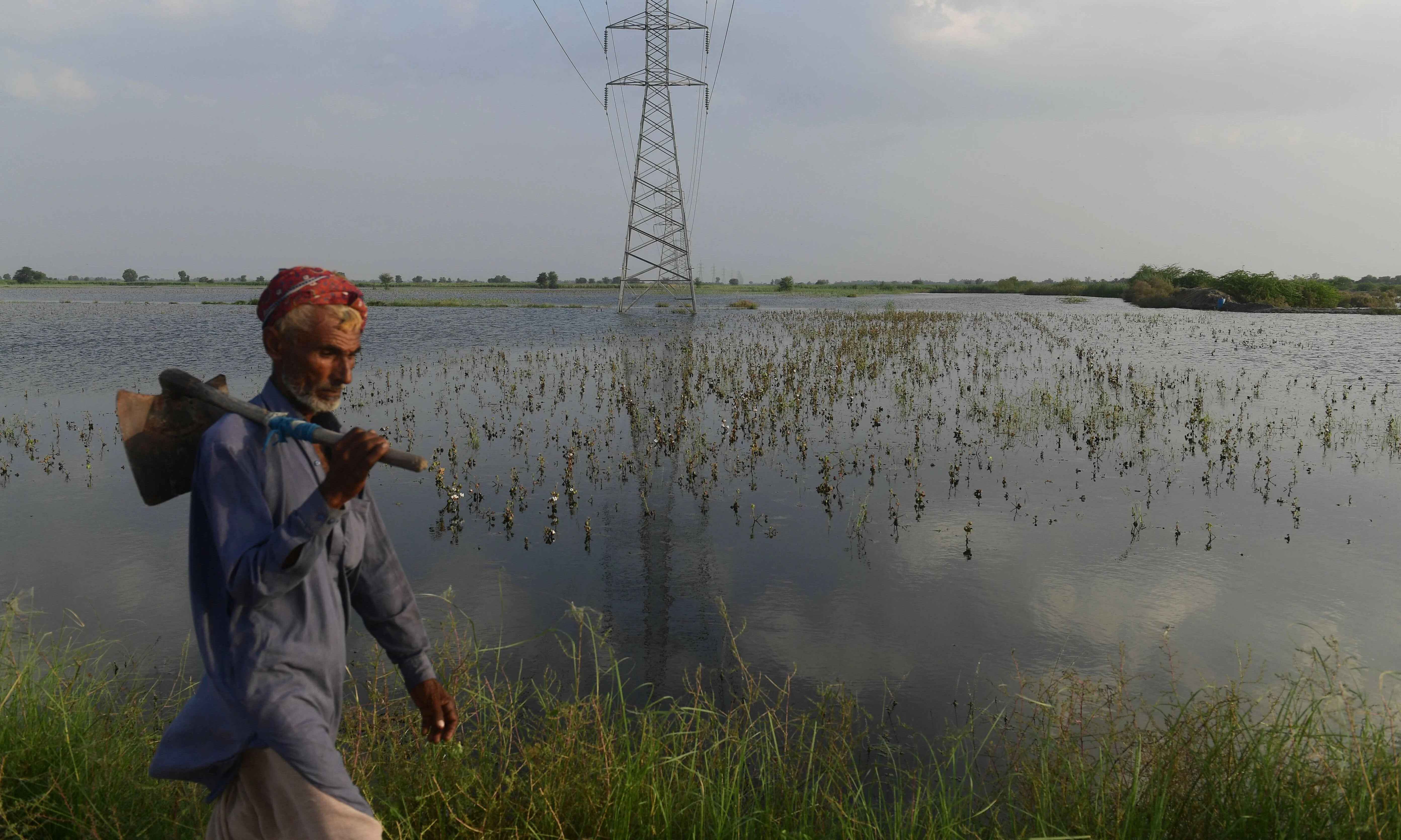Climate Change: A Present Reality in Pakistan
Climate change in Pakistan is no longer a future threat—it is here, reshaping lives and economies every day. From unpredictable floods to prolonged droughts, Pakistan’s climate crisis is unfolding at an alarming pace. While the Global North remains the largest contributor to emissions, it is the Global South—countries like Pakistan—that suffers the harshest consequences.
Pakistan’s Fragile Agricultural Backbone
- Agriculture contributes 24% of Pakistan’s GDP and employs over 37% of the workforce.
- Around 60% of farming is rain-fed, making it extremely vulnerable to erratic monsoon rains and rising temperatures.
This fragility means even minor climate disruptions create massive ripple effects. Farmers lose harvests, food insecurity rises, and rural communities suffer long-term poverty.
Climate Inequality: Who Bears the Cost?
The injustice of climate change lies in who pays the price. Wealthy nations emit the most carbon, yet poor farmers in Pakistan face the worst outcomes:
- Wheat production is expected to decline by 14-15% by 2080.
- Rice yields may drop by 20%, threatening food security.
- Cotton output has halved in the past decade due to heat stress, pests, and erratic rainfall.
For rural families, these are not statistics—they are life-changing realities. When bread prices rise due to climate events, it pushes millions deeper into poverty.
Urgent Reforms Needed for Pakistan’s Agriculture
Pakistan cannot afford to wait. The country must adopt climate-smart agriculture and systemic reforms.
1. Climate-Smart Farming 🌱
- Introduce drought-resistant seeds and crop rotation.
- Promote soil health and solar-powered irrigation systems.
- Move away from water-intensive crops like sugarcane in dry regions.
2. Agri-Tech & Data 📡
- Use satellite monitoring for rainfall and crop cycles.
- Deploy mobile-based early warning systems for farmers.
- Adjust sowing cycles based on real-time climate data.
3. Finance & Crop Insurance 💰
- Provide microcredit for smallholders.
- Launch affordable crop insurance to protect against climate disasters.
4. Strengthening Institutions 🏛️
- Train agricultural extension workers to guide farmers.
- Build capacity at local government level for better coordination.
5. Policy & National Strategy 📑
- Develop a comprehensive national climate adaptation policy.
- Ensure coordination between provinces for river management and flood control.
Local Action vs. Global Responsibility
Yes, Pakistan alone cannot stop climate change without global cooperation. But waiting for the Global North is not an option. For Pakistani farmers, local adaptation is not a luxury—it is survival.
The melting of Himalayan glaciers, South Asia’s “water towers,” threatens 1.6 billion people. Pakistan must act now to avoid spiraling into food insecurity, rising poverty, and recurring climate disasters.
Toward a Climate-Resilient Future 🌍
Pakistan’s path forward requires:
✅ Scaling climate-smart farming
✅ Strengthening agricultural institutions
✅ Expanding financial safety nets
✅ Using technology and data
✅ Implementing climate-conscious policies
Agriculture has always been Pakistan’s backbone. But without urgent reforms, that backbone may collapse under the weight of a fast-changing climate. With innovation, equity, and immediate action, Pakistan can still build a resilient agricultural future.
Frequently Asked Questions (FAQs)
1. How is climate change affecting Pakistan’s agriculture?
Pakistan’s agriculture is facing erratic monsoons, prolonged droughts, floods, rising temperatures, and shifting sowing cycles, all of which reduce crop yields and threaten food security.
2. Which crops are most at risk due to climate change in Pakistan?
Wheat, rice, and cotton are the most vulnerable crops. Projections show wheat yields may drop by 14.7% and rice by 20.5% by 2080 due to climate stress.
3. Why are smallholder farmers most affected?
Most smallholders rely on rain-fed farming, lack modern equipment, and have limited access to credit or insurance, making them highly vulnerable to climate shocks.
4. What solutions can strengthen Pakistan’s agriculture against climate change?
Adopting climate-smart agriculture, drought-tolerant seeds, efficient irrigation, crop insurance, better data use, and stronger institutional support can help build resilience.
5. Can Pakistan solve the climate crisis alone?
No. Global emissions need to be reduced, but Pakistan must still act locally with urgent reforms, as waiting for international action would worsen food insecurity and poverty.





